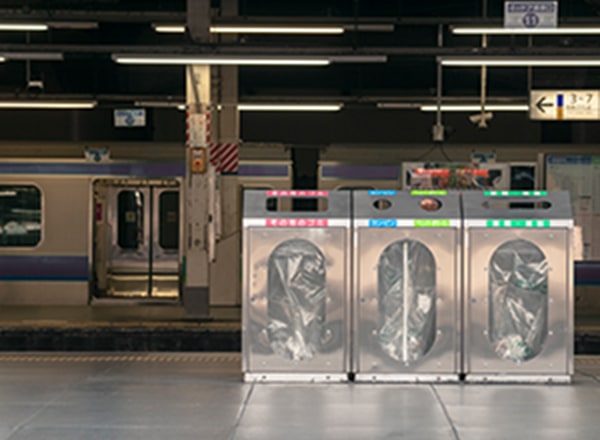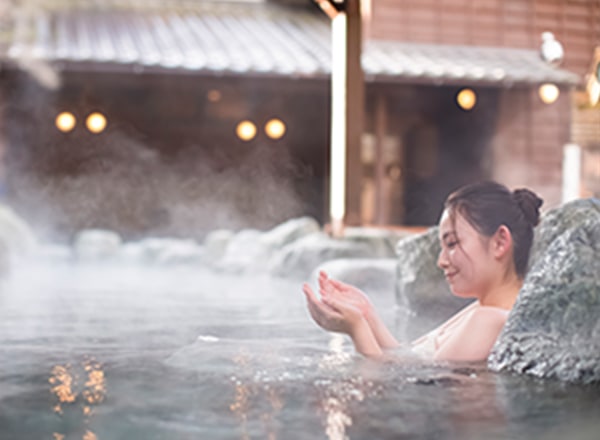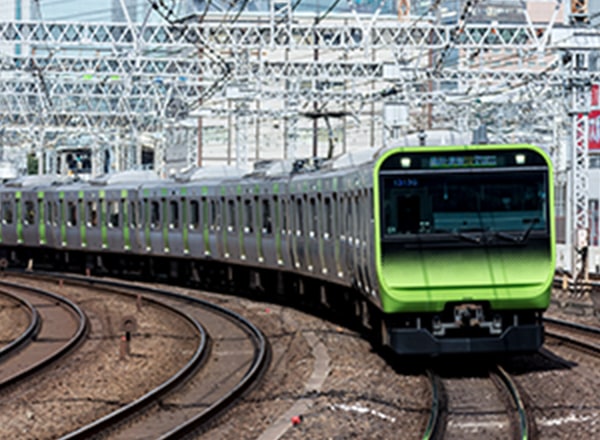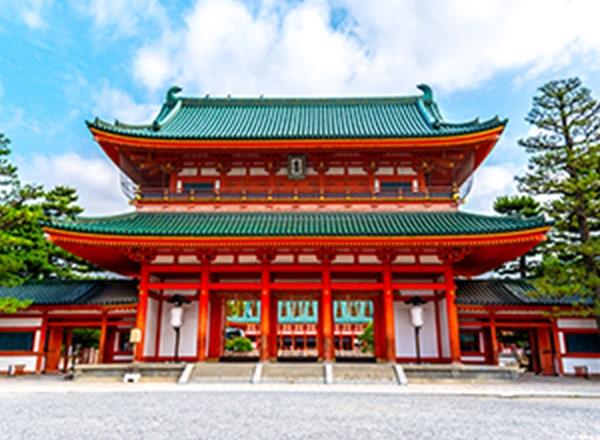Japanese Customs
and
Etiquette
Enjoying a meal the Japanese Way!
5 Table Manners Born from Japanese Culture

We live in an age where food culture transcends borders. Even in Japan, it’s not all about Japanese food. There is a huge range of cuisine on offer, from all over Asia, across Europe and the rest of the world. But no matter what type of food is on offer at a restaurant, there are certain manners and customs to follow when dining in Japan. So before coming to Japan, try to learn some of these Japanese table manners to get the most out of your dining experience while you are here.
How to Use an Oshibori at a Restaurant,
the Right Way

When walking into a restaurant in Japan, the first thing guests are usually presented with is a moist towelette, either warmed or chilled depending on the season, known as an oshibori. Typical oshibori come in two varieties, either the disposable variety or those made of cloth which are sterilized for re-use. Depending on where you are in Japan, the oshibori may be referred to as an "otefuki" (hand-wipe) and, as the name suggests, it is used to clean one’s hands before eating. Something diners should never do with their oshibori is to wipe the sweat from their faces or neck.
In casual settings, like an izakaya (Japanese-style bar), Japanese people are sometimes seen wiping their faces or neck with their oshibori. But even among Japanese people this use is frowned upon and seen as bad manners and is behavior best not emulated!
The right thing to do is wipe your hands, then fold the towel with the dirty surface on the inside and place it on the table. If there is a small oshibori tray, then use that, otherwise it’s fine to place the towel to one side.
“Itadakimasu”―the First Table Manners Japanese People Learn

Before tucking in to their food, many Japanese people will put their hands together and say “itadakimasu.” This custom is so much a part of daily life that almost every Japanese person you meet will have been saying it as a matter of course since they were small children.
So what are the origins of “itadakimasu?” The phrase was originally used when food offerings made to the gods were brought down from the altar, or when food was received from a person of a higher station than oneself. At these times it was customary to hold one’s hands together at the itadaki, or top, of the head as if in prayer. The word then began to be used as a humble expression to “receive” and “eat.” From this it is thought that the word “itadakimasu” came into use as an expression of thanks to the people who made the food, in appreciation for the ingredients necessary for life.
On your stay in Japan, be sure to say “itadakimasu” (EE-TA-DA-KEY-MASS) before starting your meal. In doing so, the restaurant staff and Japanese people around you will certainly be very impressed!

The 3 Worst Things to
Do with Chopsticks in Japan

These days more and more people around the world are using chopsticks to eat, with people from across the United States and Europe becoming quite adept chopstick users. But there are far fewer people who understand the etiquette when it comes to eating food in Japan with these handy utensils.
To help you on your visit to Japan, here are three things you should not do with your chopsticks.
-
- Do not lick your chopsticks
- It’s considered bad manners to lick your chopsticks or put them in your mouth when not holding any food and it can makes those people you are eating with and those around you feel uncomfortable, so be sure not to find yourself doing this.
-
- Do not skewer your food with the chopsticks
- When eating a small plate of boiled potatoes or something similar, you may find yourself wanting to use the chopsticks like a fork, skewering the food in order to lift it to you mouth. However, in Japan, this kind of behavior is reserved for children who can’t yet use chopsticks correctly, and so is seen as childish behavior.
-
- Do not stand chopsticks upright in a bowl of rice
- Sticking your chopsticks upright into a bowl of rice is a very definite no-no. Placing chopsticks vertically into a bowl of rice is a practice used in Buddhist funerals as an offering to the deceased. Instead when not using your chopsticks, place them across the bowel neatly.
Slurp Your Noodles!
It Tastes Better That Way

One of the most surprising thing for foreigners when visiting Japan and seeing people eat has to be the noisy slurping of noodles. For most people from countries where a knife and fork are traditionally used, eating food in such a noisy way is likely seen as bad manners. But in Japan, when it comes to eating noodles, slurping them with gusto is the normal thing to do.
Slurping the noodles allows air into the mouth, which works to bring out the flavor of the noodles especially with something like the popular dish of cold soba noodles. By slurping the soba noodles with an intake of air, the aromas are released enabling one to enjoy the full flavor inherent in the soba.
As for noodles that come in a broth, like ramen and udon, they tend to lose their springy texture as they sit in the warm soup, which is thought to be another reason why Japanese people prefer to quickly slurp down their noodles.

When you visit Japan, don't hesitate to do the same, slurp away to make the most of your noodles!
Eating Up Everything Is the Japanese Way
Say “Gochisosama Deshita” to Finish

In the same way as saying “itadakimasu,” before a meal, when Japanese people finish their meals, they put their hands together and say “gochisosama deshita.” (GOH-CHI-SO-SA-MA-DEH-SHE-TA)
The “chiso” of “gochisosama deshita” literally means “to run around” making every effort to prepare the meal for the guest. Back when there were no supermarkets and even just acquiring the ingredients for a meal meant hard work, the expression of “chiso deshita” (literally, “you ran around for me”) became one of appreciation to the person or people who prepared the food. Adding on the polite prefix of “go” and suffix of “sama” completes the customary expression said after finishing a meal.
With the exception of buffet style parties, it is considered bad form in Japan to leave any food that has been prepared for you. This attitude is naturally born from a culture where a “gochisosama deshita” style of appreciation is given to those who make the effort to cook one’s food. Even now, at a time when we can easily obtain all sorts of foods, gratitude in the form of “gochisosama deshita” is said as a way to show one’s appreciation to those who worked to prepare one’s meal.
When you come to Japan, you will no doubt be placing regular orders for all kinds of food at the restaurants you visit, but being conscious of the Japanese customs and etiquette while you’re here in Japan should help you enjoy your food just that little bit more!







The Japanese custom of saying “itadakimasu” is, from a historical perspective, surprisingly new. However, it seems that from the distant past there existed many regional and household customs to show thanks before a meal for the food one is about to receive.